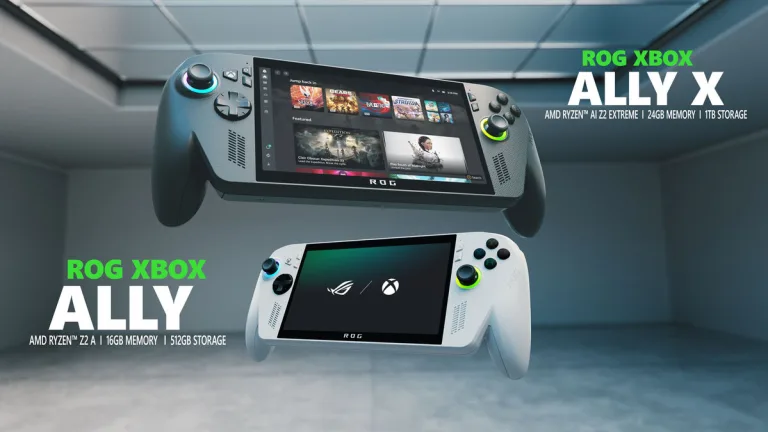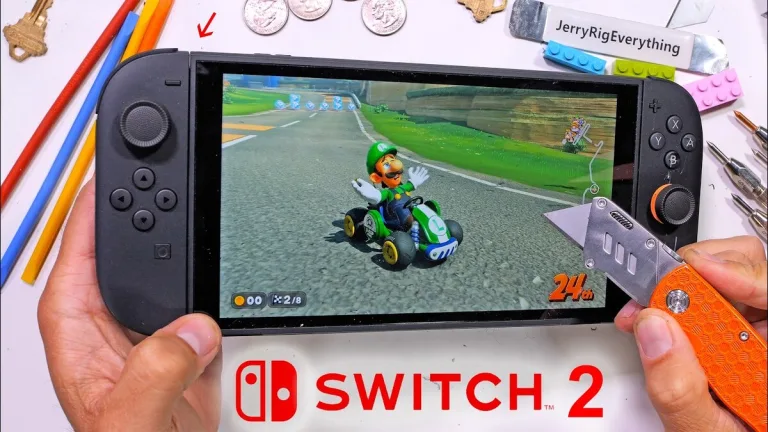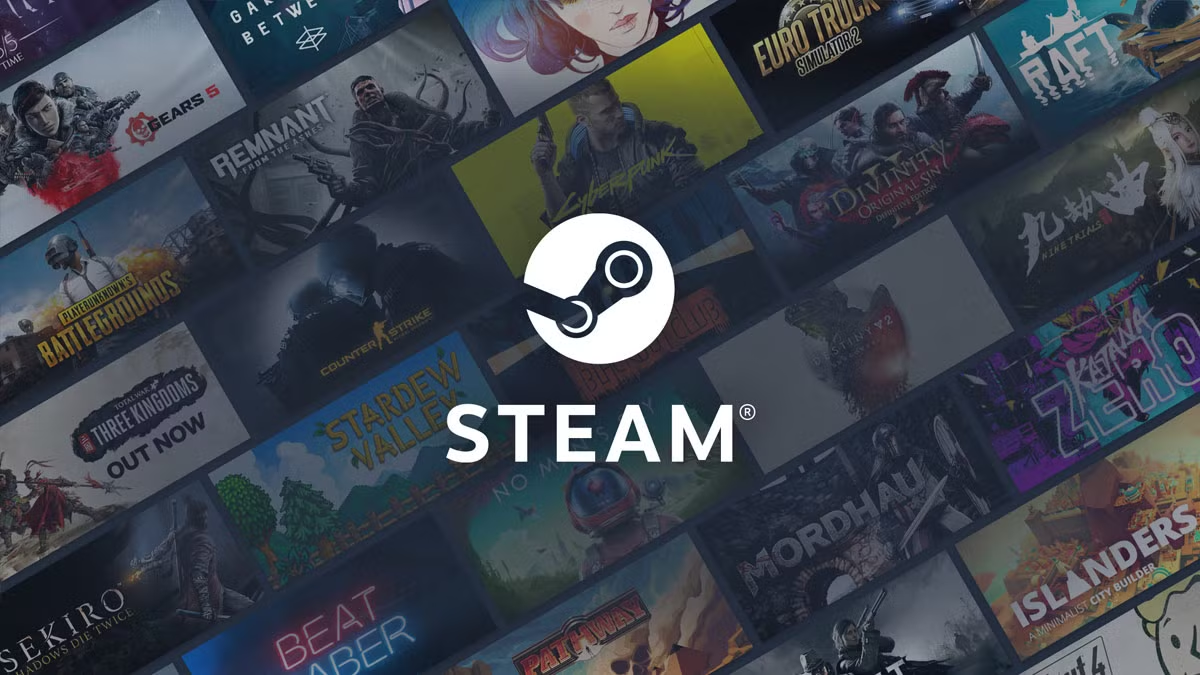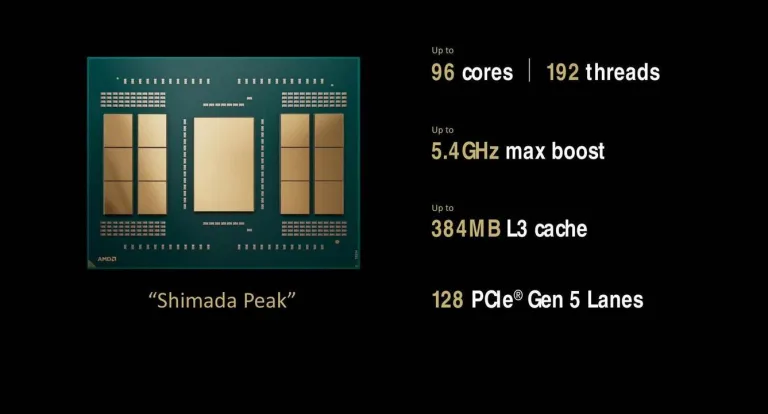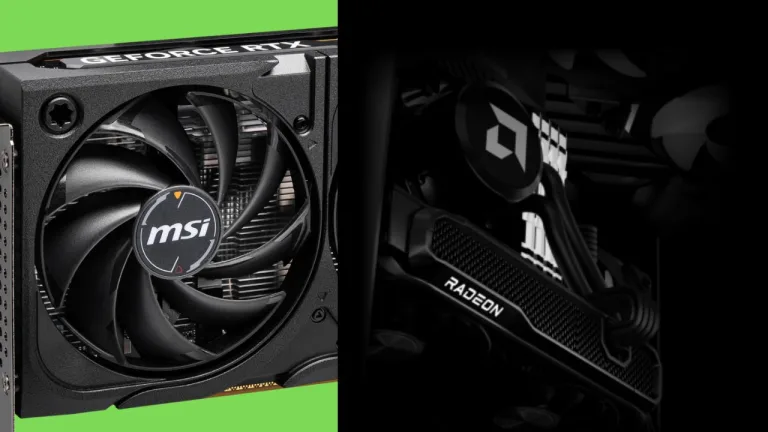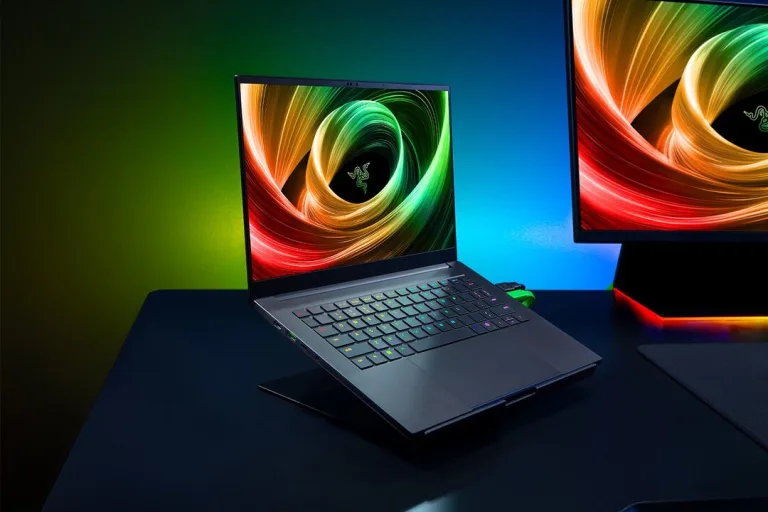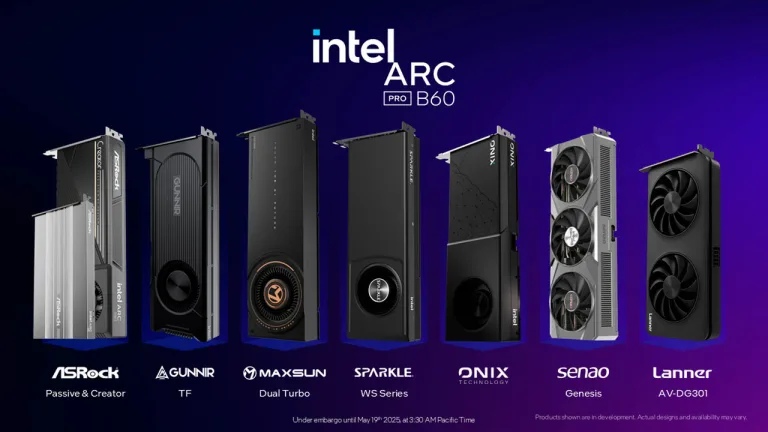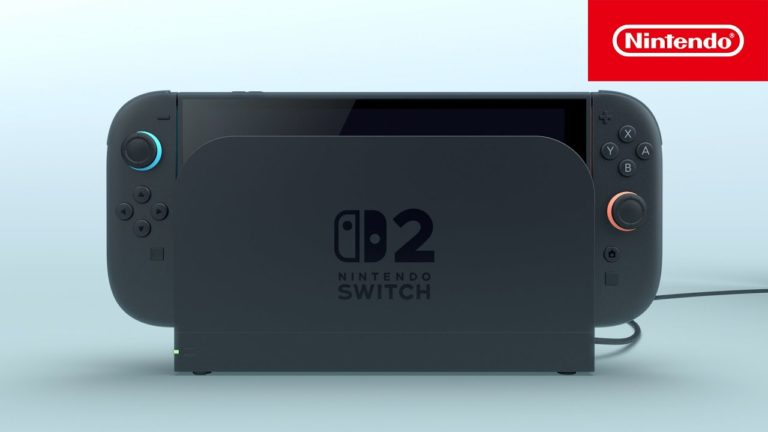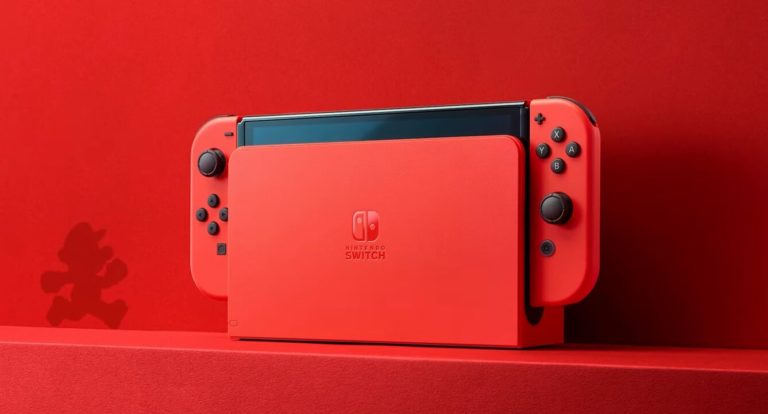Handheld gaming has always been about delivering power and playability right into your palms, and the latest...
Hardware/Console
The Nintendo Switch 2 has finally arrived, and as expected, YouTube’s favorite tech durability tester, Zack Nelson...
Valve has rolled out SteamOS 3.7.8, bringing a host of improvements and new features to the Steam...
AMD has officially unveiled its Ryzen Threadripper 9000 Series processors, codenamed “Shimada Peak”, bringing up to 96...
Computex 2025 has been a battleground for the latest mid-range graphics cards, with NVIDIA unveiling the RTX...
Gamers Nexus could be the first of many reviewers and content creators fed up with Nvidia’s behavior

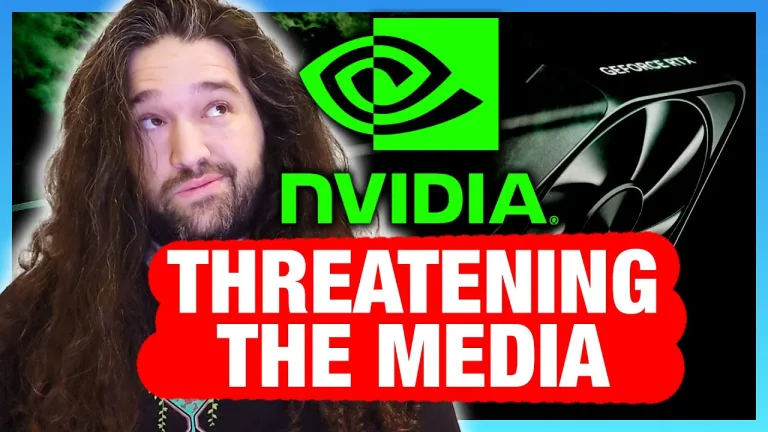
Gamers Nexus could be the first of many reviewers and content creators fed up with Nvidia’s behavior
In the ever-evolving world of tech journalism, transparency and integrity are paramount. However, recent allegations from Gamers...
Computex 2025 has brought a wave of exciting announcements, and among them, Razer has officially unveiled the...
Intel has unveiled its latest Arc Pro B-Series graphics cards at Computex 2025, introducing the Arc Pro...
In a surprising turn of events, Nintendo has filed a lawsuit against accessory maker Genki over its...
Nintendo has rolled out firmware update 20.0.0 for the Nintendo Switch, and while it introduces some exciting...


